Last month, the New England Journal of Medicine published a forty-year review of medical school demographics. The analysis looked at both gender and racial/ethnic diversity within the medical student body, and found a “persistent failure to substantially improve racial and ethnic diversity.” Using data from 1978 to 2019, the study showed striking movement resulting in gender parity within medical schools, but no significant change in the proportions of underrepresented ethnic and racial groups. In particular, the number of Black men and Native American and Alaskan men and women have declined over the study period.
While American Medical Schools have often spoken of the need for a diverse physician workforce that reflects the nation’s population, the numbers produced by the multi-decade study suggest that recruiting efforts have not been effective. Black women made a moderate increase over the 40-year study period, growing from 2.2 percent of students in 1978 to 4.4 percent in 2019. But Black males actually saw a negative change. In 1978, Black men made up 3.1 percent of the student body, but just 2.9 percent in 2019. Additionally, the analysis points out the critical role that historically black universities play in educating the Black physician workforce; 15 percent of all Black men enrolled in medical school are educated at a historically Black medical school. Excluding these programs, Black men would have made up just 2.4 percent of the student body throughout the entirety of the study period. Similarly, men and women identifying as American Indian or Alaska Native or as Native Hawaiian or other Pacific Islander made up less than 1 percent of medical students.
And progress in diversity recruiting remains slow. According to a Kaplan Medical Admissions Officers survey, just 48 percent of medical schools reported that they have a specific program in place to recruit Black students. The survey, which included 58 accredited medical schools across North America, also asked admissions officers to grade medical schools (as a whole), on their work to recruit and admit a diverse array of students and just 7 percent rewarded medical schools with an “A”. Most responses suggest that there is some, or perhaps considerable work to be done, with 41 percent choosing the grade of B, 38 percent a C, and 14 percent a D or F.
Kaplan does point out, however, that its survey results follow an optimistic report from the Association of American Medical Colleges, which shows an increase in the number of Black first-year students in 2020: 9.5 percent of first-year medical students, up from 8.8 percent the previous year. Additionally, the number of Black men entering their first year of medical school increased 12.2 percent from the previous year, and total enrollment among Black men increased by 6.2 percent. The number of American Indian or Alaska Native first year students increased by 7.8 percent.
In conversation with Stat News about the long-term demographic study, Norma Poll-Hunter, Senior Director of Equity, Diversity, and Inclusion for the AAMC expressed her mixed emotions about the current spotlight on diversity efforts, “Even the National Academies have called this an American crisis and that’s not an overstatement. This is important for the health of our nation. On one hand, we feel we’ve been saying this for how long and people are finally paying attention, at the same time, we now have so many allies and we need to leverage this moment for the long haul.”


